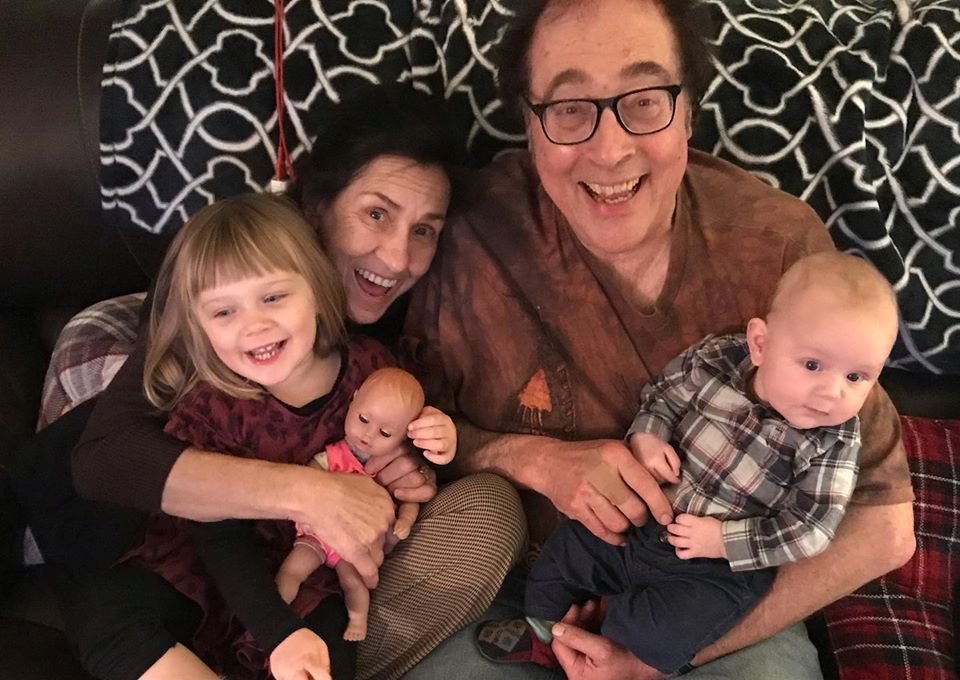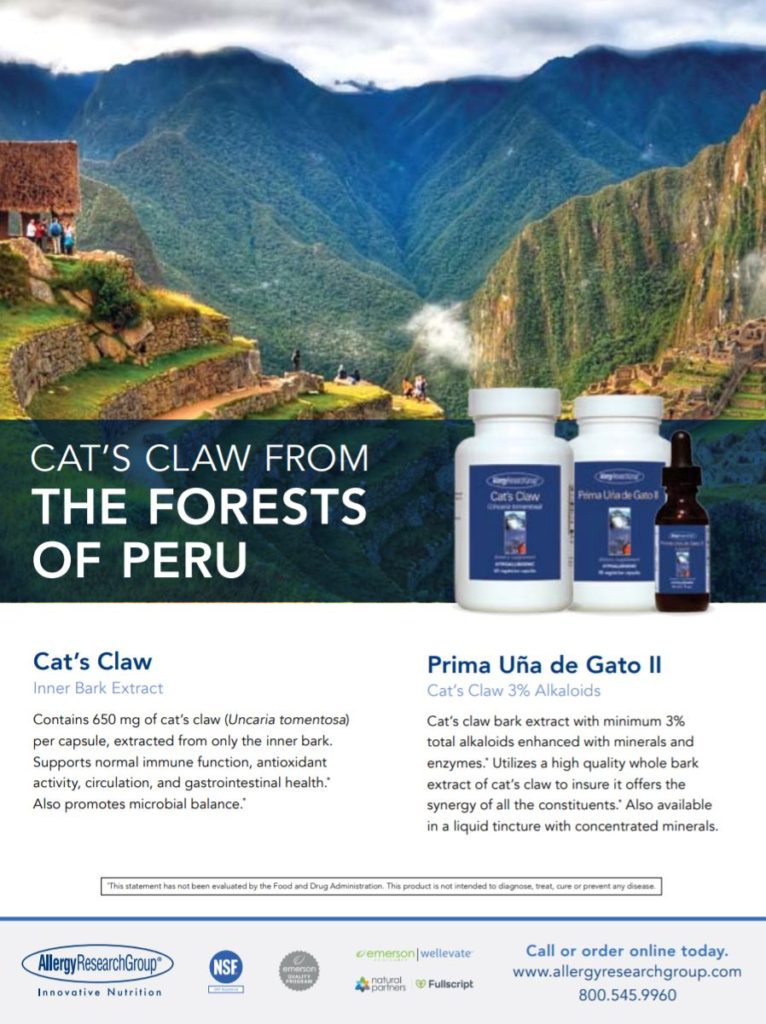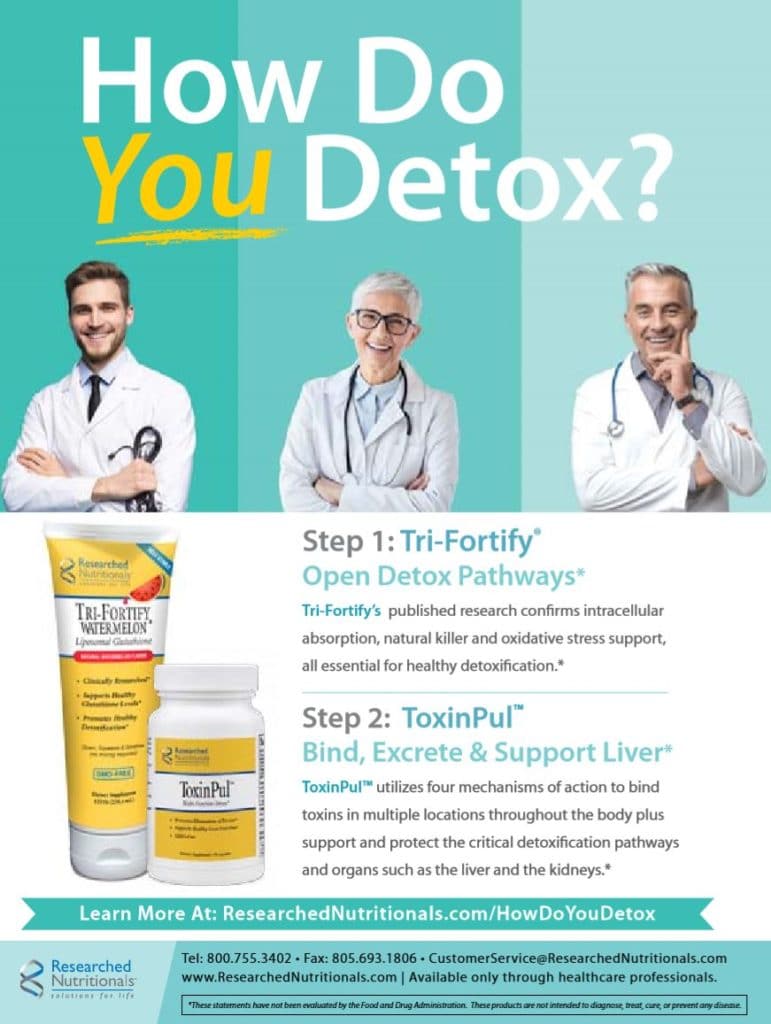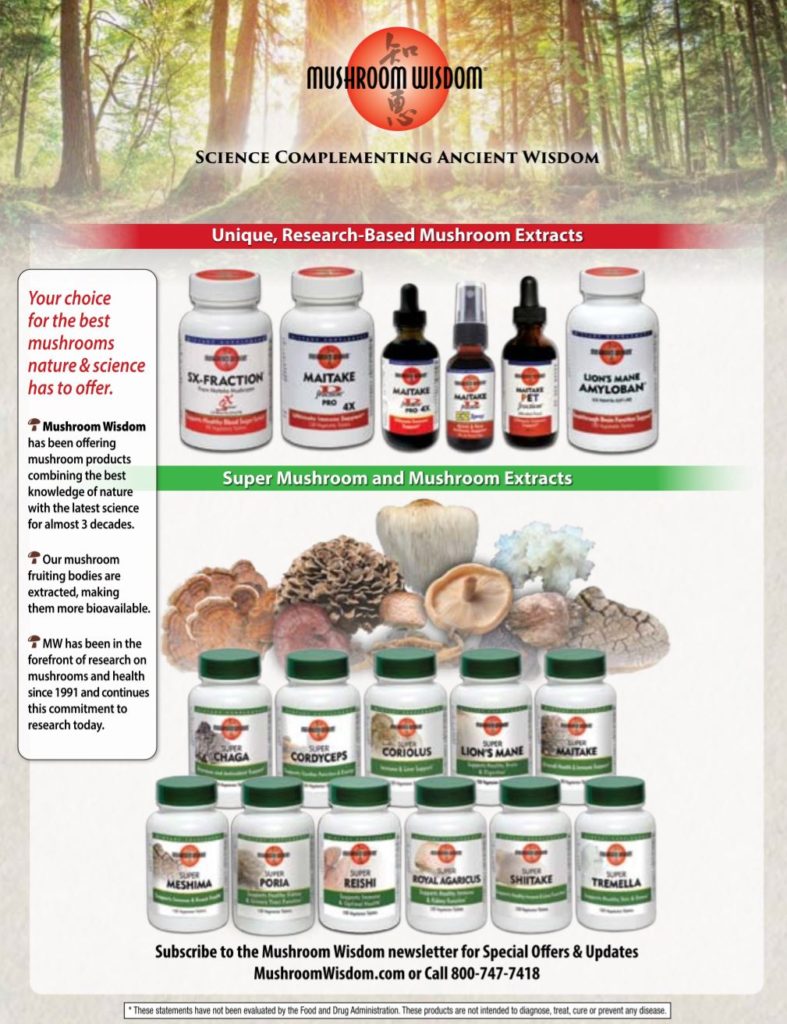
and their beautiful grandkids.
The Educational Fallout from the Pandemic
In 2004, a TV series appeared based loosely on Daniel Defoe’s eighteenth-century novel, Robinson Crusoe; Lost portrayed how a hundred or so survivors of a plane crash lived on a tropical island. While these office workers and suburbanites thought survival meant figuring out how to live on a beach and jungle, they were surprised to discover that a cult group geared up with electronics were preying on them from underground bunkers. Like Robinson Crusoe and the Lost survivors, we are slowly realizing that we have somehow crashed onto a new world, one that is not the same as the one in which we had been living. For many of us, survival means maintaining employment so that we can pay for food, shelter, and medicine. As unemployment reaches beyond 15% and in many places 20% or more, survival becomes much more desperate – will we be able to come together and create security for these basics? At least one editorialist has suggested that we need to create a “Youth Corps” to hire folks to work on infrastructure and community based projects, especially at a time when young people will have extreme difficulty finding employment and securing funding to go to college.
While Amazon announced on May Day that engineers and designers can continue to work at home until October, the country remains divided as to when businesses may reopen. Restaurants, movie theatres, and malls have been given permission to open in nearly 20 states although dining-in still seems like a dicey affair. Public schools have shut down this semester but what is to happen in the Fall? Moreover, what is to happen on college campuses and post-graduate universities and medical schools? College has become a very expensive proposition; who wants to pay $30-$60K to attend a university offering only online classes? University students who returned home in March had already pre-paid for tuition and lodging; by and large none of these expenses are being refunded. Who is going to be willing to commit to attendance at a school if a second wave of COVID-19 appears and campuses are once again shut? And if students refuse to ante up for college and professional education this fall, what will happen to the college or university? One could imagine that naturopathic colleges will incur serious tuition shortfalls; will faculty need to be furloughed, curriculum reduced, laboratories shut?
What about medical meetings? When will we be able to convene together with colleagues in a large gathering? Or will the medical meeting of the future be limited to 50 or less participants? Will continuing medical education shift primarily to webinars and online training courses? Not surprisingly, many health professionals are writing now about COVID-19. But human health has not transformed, and the virus is not all there is to disease. We will continue to publish your thoughts on SARSCoV-2 but this issue focuses on Lyme disease and mold toxicity. We do appreciate your reading the Townsend Letter and request that you subscribe or renew your subscription today!
Remdesivir or Intravenous Vitamin C?
During the first week of May the news announced that the anti-viral drug, Remdesivir, has demonstrated in several hospitals remarkable benefit in treating COVID-19. The study was doubleblinded living it the imprimatur of being scientifically validated, not simply an observational study. The FDA has given Remdesivir “emergency-based” approval for treatment of the viral illness. (However, supplies of Remdesivir appear to be very limited as most hospitals have not been able to obtain it.) Meanwhile, a treatment that has been already used in Wuhan as well as elsewhere in the world, intravenous ascorbic acid, languishes without the benefit of a double-blinded study. Although ascorbic acid has had innumerable medical reports for decades of its effectiveness in treating viral infections, there has been no major study yet supporting its use in COVID-19 treatment.
This is unquestionably a situation when the medical demand for a double-blinded study is short sighted and a travesty. Even if Remdesivir were to be administered to every sick patient there is no compelling reason to not also administer intravenous ascorbic acid. In fact, that study should be organized as soon as possible – Remdesivir and IV vitamin C versus Remdesivir alone. Unlike the earlier reported observational studies using ascorbic acid, the dose of vitamin C should be at least 2-3 grams administered continuously every hour. Ascorbic acid works best when administered together with minerals especially magnesium, potassium, calcium, and trace minerals. It also should be administered with B vitamins, including vitamin B12.
I know that I am preaching to the choir; most readers of the Townsend Letter are familiar with the efficacy and safety of intravenous ascorbic acid (and most are probably not singing praises for Remdesivir). Given the concern in most integrative clinics about treating active COVID-19 illness, intravenous ascorbic acid must be a hospital-based treatment. The sooner this treatment is implemented broadly, the sooner we will see a drop in the death rate.
Lyme Disease and Mold Toxicity
While the coronavirus continues to turn our world upside down, nature has not taken the slightest notice – well, perhaps a little, with a greater intrusion of coyotes in urban environments because of the dearth of humanity. Spring has brought forth foliage and flowers and pollen, birds are mating and singing, temperatures have moderated, and the days are longer. The bugs are here too and that means ticks will be on the hunt for their next blood meal. While we fret over COVID-19’s latest clinical manifestation, such as an inflammatory disorder in children similar to Kawasaki disorder, ticks will be introducing Borrelia, Bartonella, and Babesiosis as well as other organisms to those of us who will be bitten over the months ahead. (For those who have not read our July 2015 Townsend Letter, please do; it is an excellent diagnostic and treatment review of Borrelia, Bartonella, and Babesiosis.) Despite the relentless number of individuals contracting SARS-CoV-2 in the months ahead, mosquitoes will not lay docile and ignore us – most of us will be annoyed by harmless bites, but many will develop malaria, and some will acquire viral meningitis, Zika, or dengue fever. Also, not to be ignored, mold continues to play havoc in our households and work environments; for those individuals already impaired by a non-COVID-19 virus like Epstein Barr virus, mold toxicity can be the “straw that breaks the camel’s back.” Our writers review in this issue how to tackle mold toxicity and Lyme disease.
Our cover story this issue, “Untangling the Lyme/Mold Conundrum,” by Dr. Nicola M. Ducharme is one that you will not only enjoy reading but keep handy as a checklist. For some clinics chronic illness is Lyme disease, for others it is mold toxicity, and for most it is an unrelated disorder to be diagnosed. After ruling out other pathologies and conditions, Ducharme makes the case that we should diagnose and manage Lyme disease and mold toxicity not separately but conjointly. She would argue that it is rare that a patient having the one does not also have the other at least to a certain degree. However, after understanding the case clinically one should start with a broad laboratory evaluation to rule out nutrition and hormonal disorders. Lab examination should assess past and current exposure to viruses and Candida.

An assessment of inflammation must go beyond measuring the C-reactive protein and Sed rate. Ducharme recommends the need to evaluate immune and inflammatory markers that frequently behave abnormally in Lyme disease and with mold toxicity. Of course, the measurement of mycotoxins as well as antibody studies for Borrelia and co-infections are necessary not only to confirm the diagnosis but also to assess treatment response. Once Lyme disease and mycotoxicity are established, treatment should be directed to managing both concurrently. Managing inflammation, regulating immune dysfunction, correcting dysbiosis, controlling Candida overgrowth, reversing mitochondrial dysfunctioning, and mitigating “limbic system dysfunction” are all required to restore health in the patient with Lyme disease and mold toxicity.
Tapping into the Patient’s Emotional and Spiritual Needs
Healing is not always the prescription of an antibiotic, antifungal, or anti-parasitic. Nor is it always cleaning up one’s diet, engaging in exercise, sleeping better, or completing a round of detox. Sometimes we are stuck emotionally and spiritually, and we do need our doctor to hear us. The old joke about the world-class clinician having a terrible bedside manner is a serious matter, especially when dealing with the complexities of a tickborne illness. Certain patients do respond well underneath the knife, undergoing antibiotic intravenous treatment, following a course of intensive oral herbal therapy. But others do not and their failure to respond is not necessarily because the diagnosis or treatment were wrong.
As Aparna Taylor, ND, explains in her article, “In the Spirit of Connectedness,” sometimes we just need the doctor to look us in the eye, let us speak, acknowledge what we have said, and confirm that we have been heard. That simple transaction incredibly may be all that is needed for a patient to become unstuck and to free up one’s healing process. Of course, for many of us becoming unstuck will assuredly require much more introspection and emotional unburdening. The business of medicine does not permit the time for the doctor to establish a therapist’s role; but somehow, we need to take it on even if it is abbreviated to just listening and acknowledging. Taylor wants us to find a balance between diagnostic acumen and therapeutic empathy; terrible bedside manner be damned.








